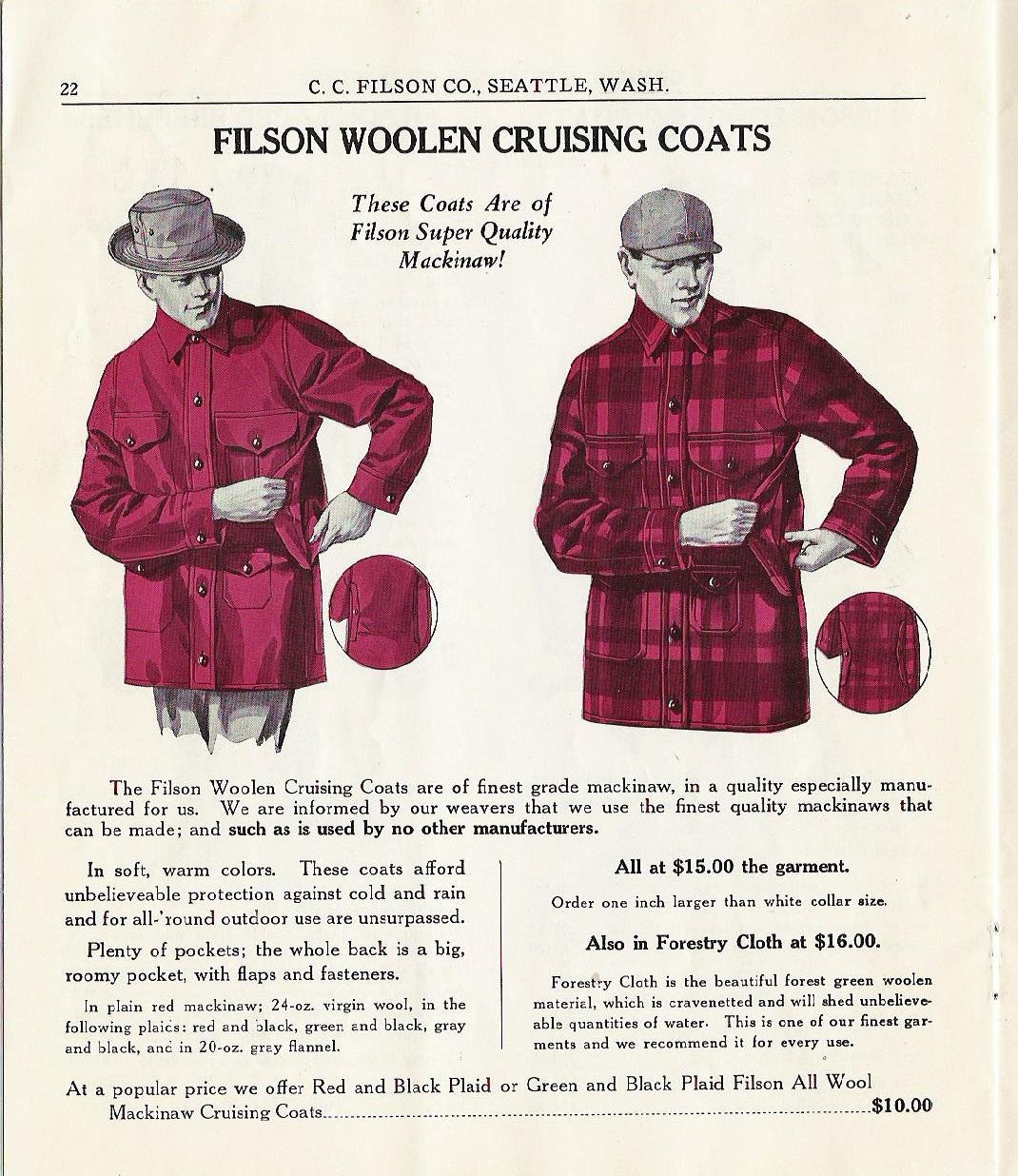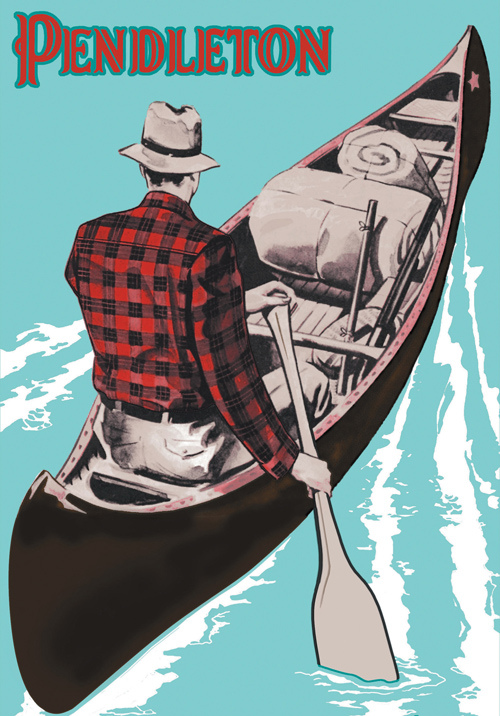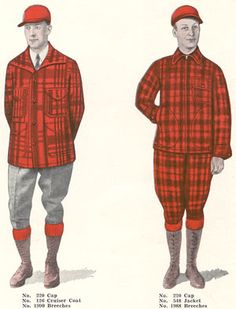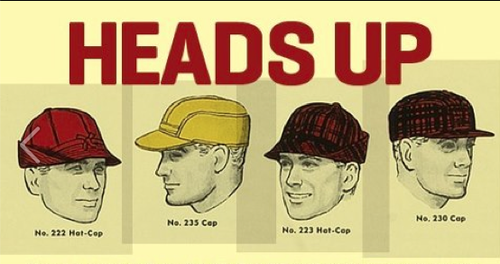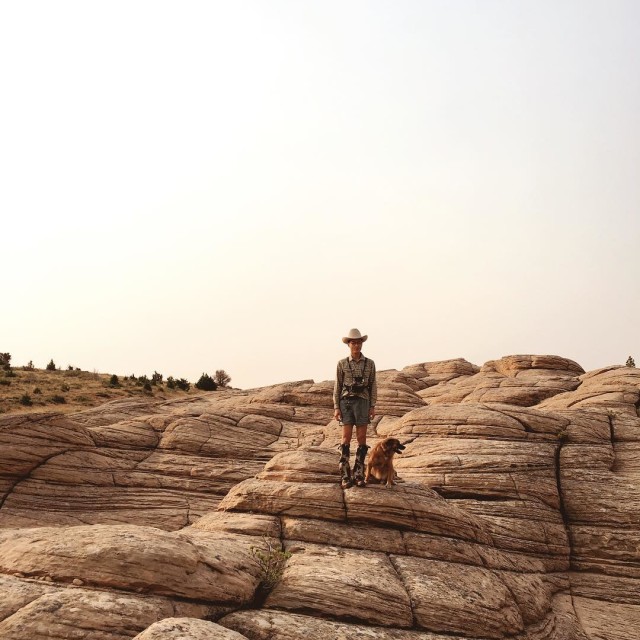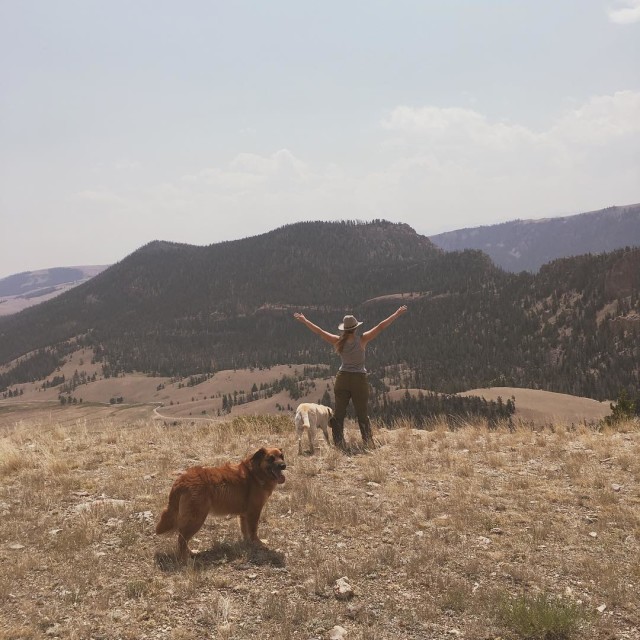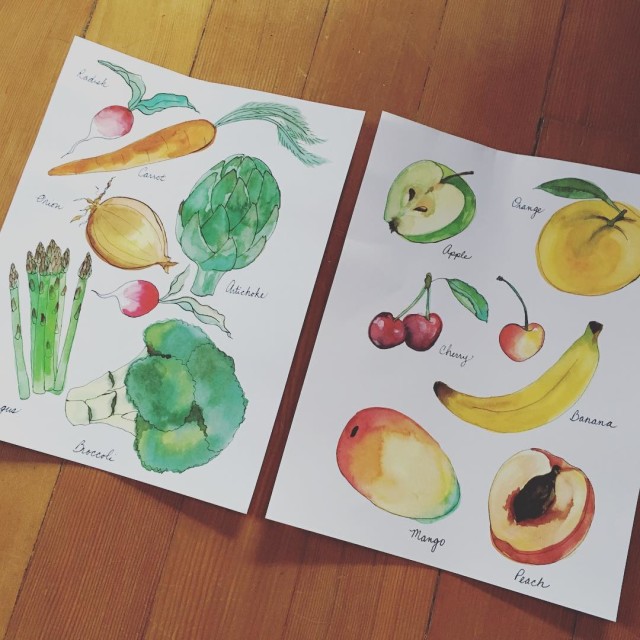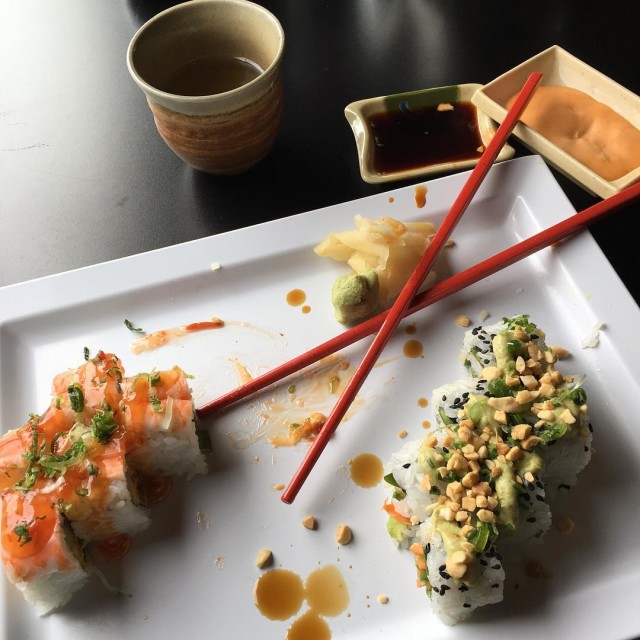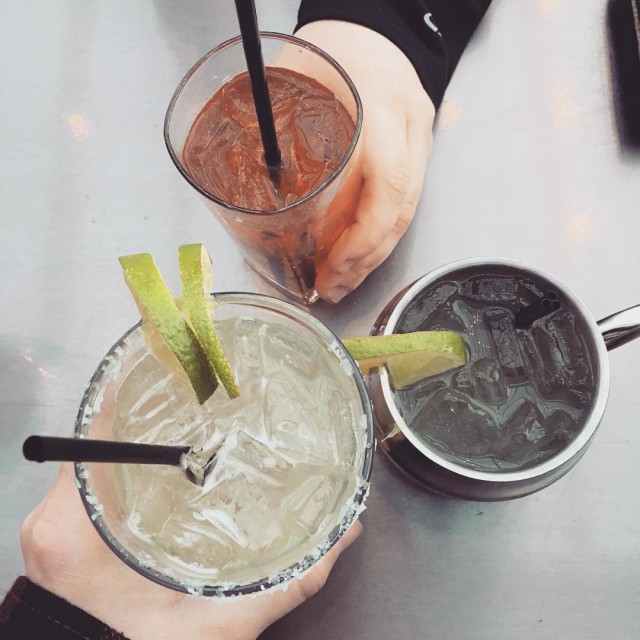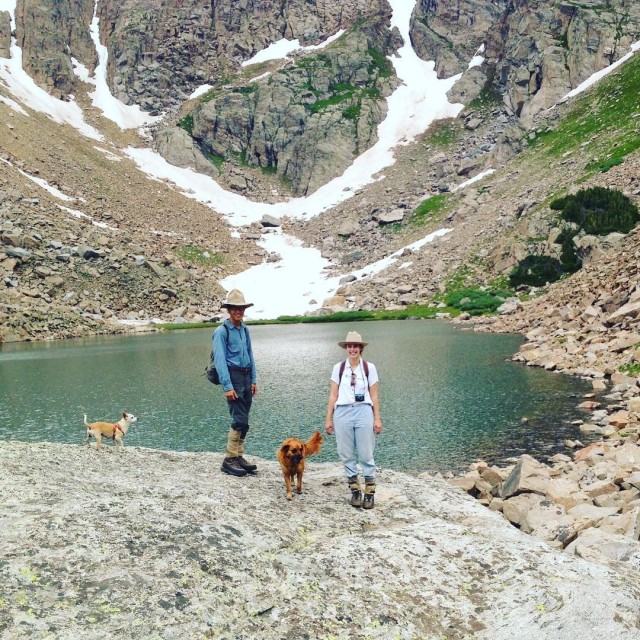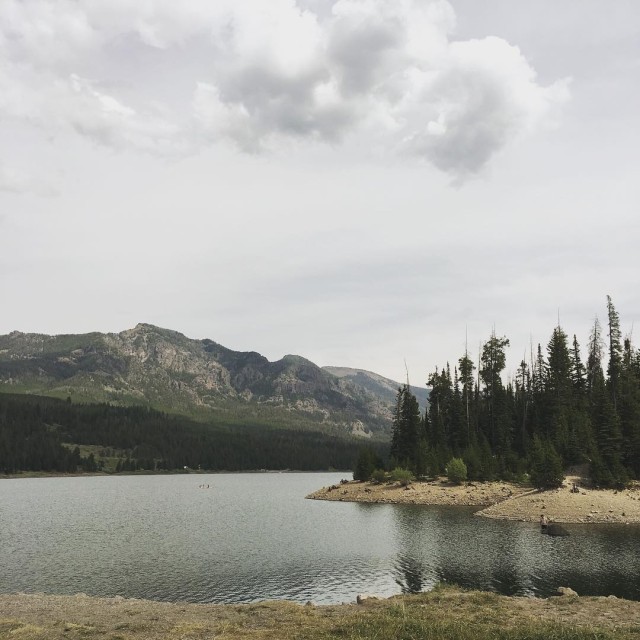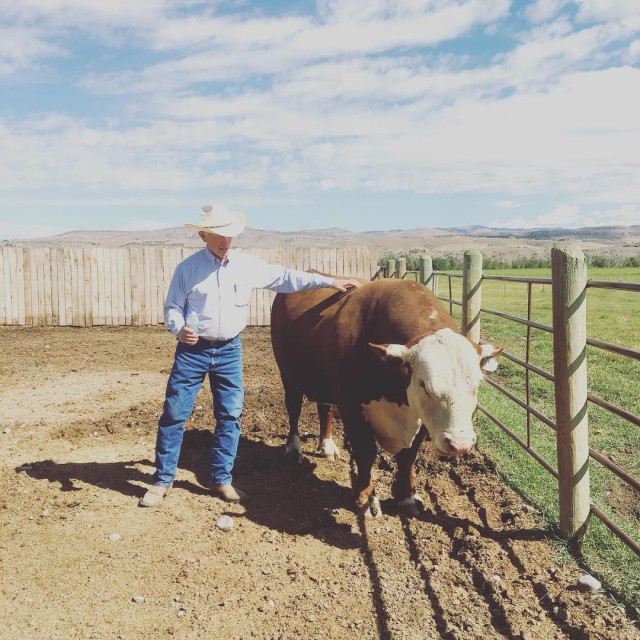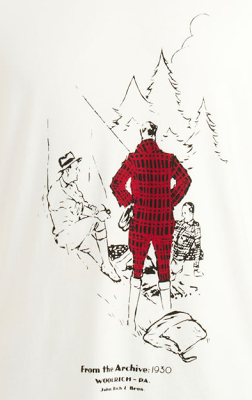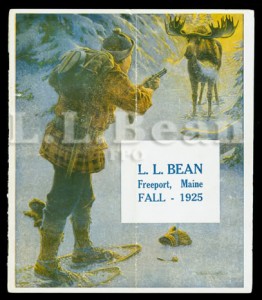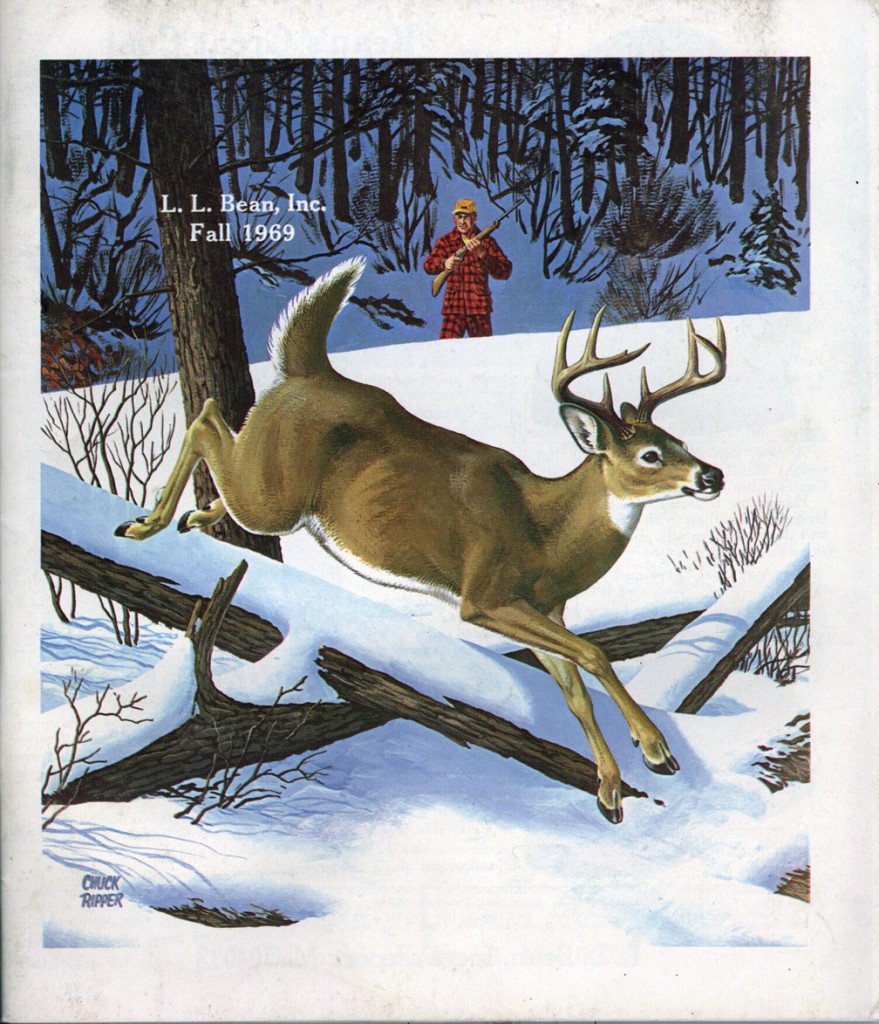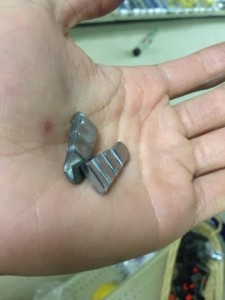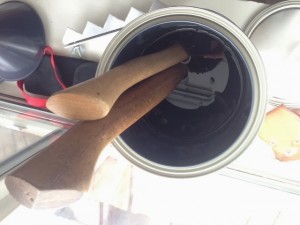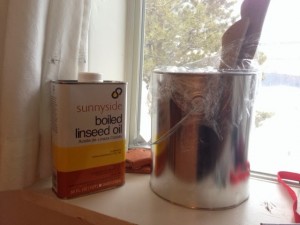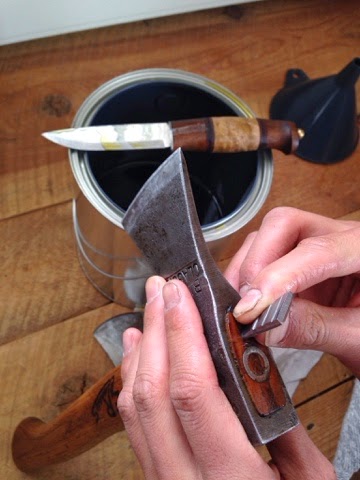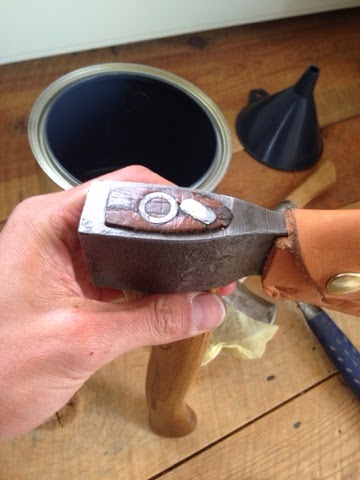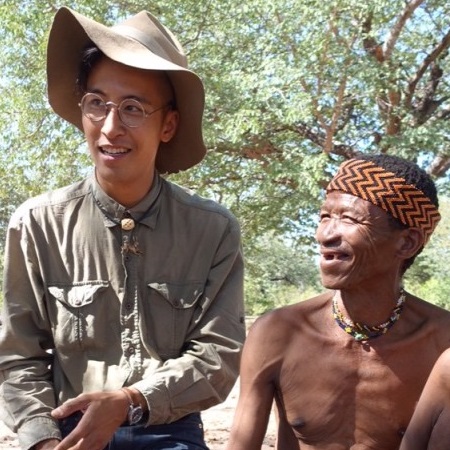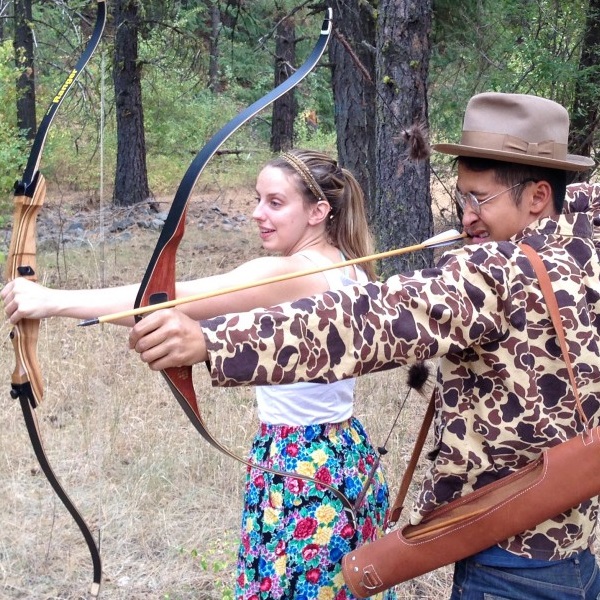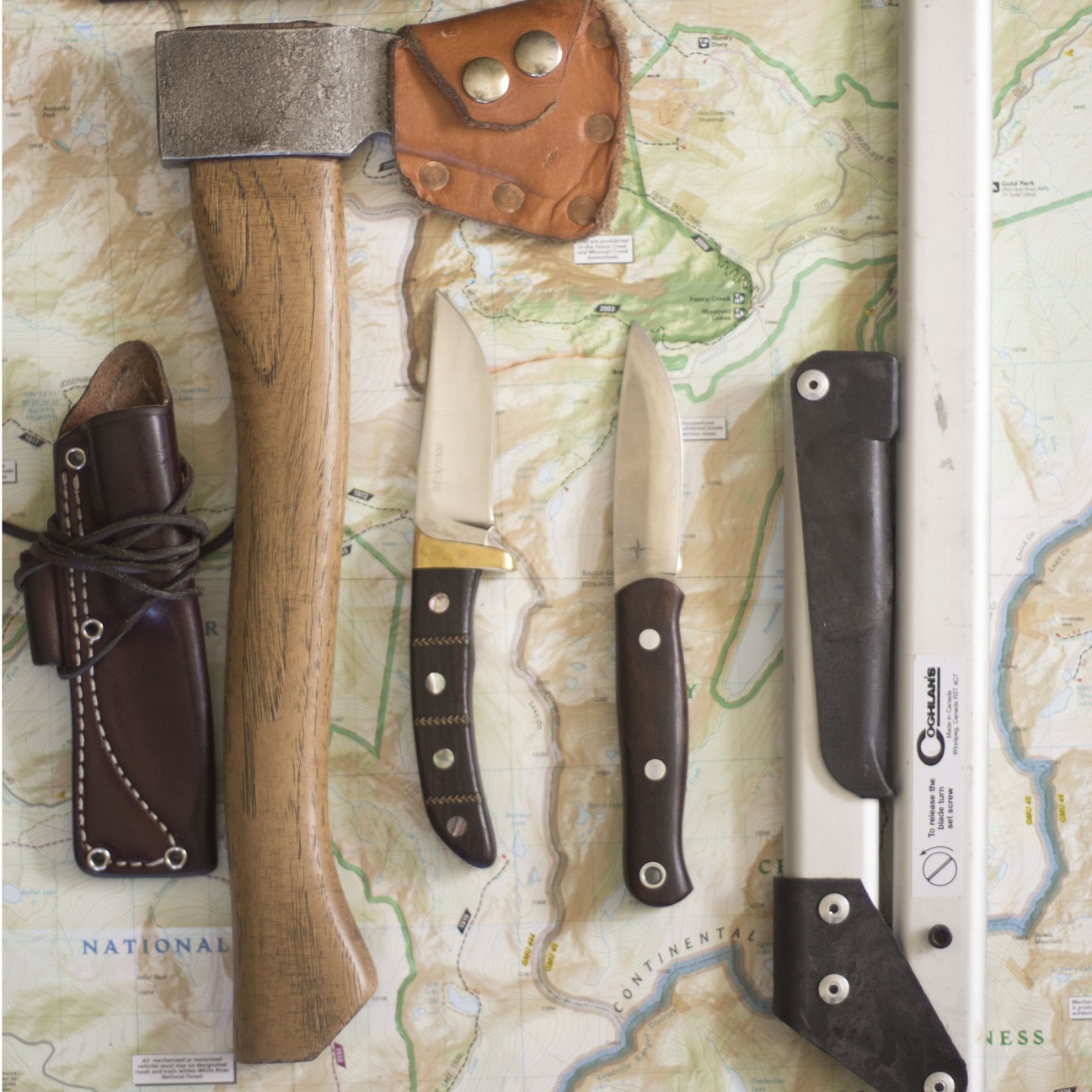
“To deer hunters in Pennsylvania and beyond, it introduced the Classic Hunt Coat. Combined with matching snow pants—in open black-on-deep-cherry-red ‘Heritage Plaid’—it was the uniform of the day for those pursuing whitetails. The ‘Pennsylvania Tuxedo’ debuted in the deer woods in 1925.” -Pennsylvania Department of Wildlife.
I love old style clothing. It puts me into the right mindset. If I’m dressed a bit in the old ways I get into the same epic mindset of being a trophy hunter of old.
I am going to hunt Elk here in the Rockies in a classic style hunting outfit. It’s not that the plaid hunting outfit was particularly traditional here in the West, but the little time I spent in the New England states in fall and winter made an impact on me. From such places as the Alleghenies of Pennsylvania, the Green Mountains of Vermont and the Maine North Woods, this uniform is ubiquitous in the fall.
The plaid can be effective at breaking up the human profile just as camouflage can be. In fact, the square patterns are the basis of modern military fatigues. The red is not visible to game animals, and yet at the same time it provides with the blaze orange an additional visual indicator to human shooters for increased safety.
Everyone has a red buffalo check pattern in their closet, while the British have their own classy tweedy way of dressing, and the Germans have their rustic loden. There is nothing more free of class and preconception as the American hunting outfit, which is why it works so well for all of us.
Some people say to never put plaid on plaid, or that there is such a thing as WAYYYY too much of it. I say rules are meant to be broken.
Here’s some of my inspiration.
